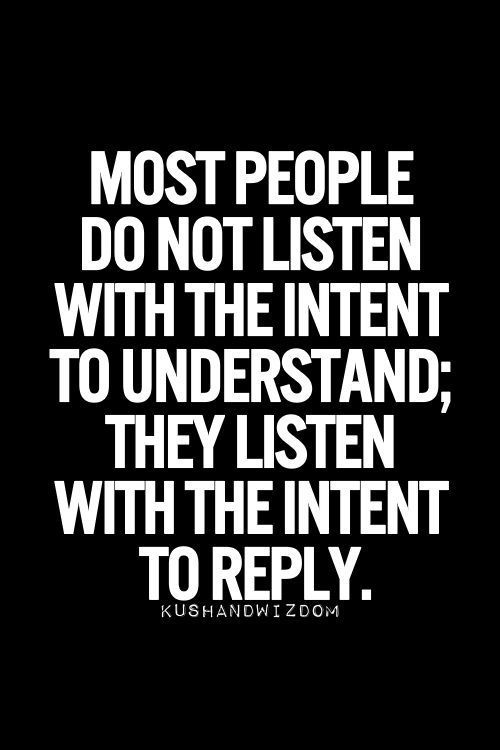Start a new habit
5 steps to create a habit, according to science
Sign up for CNN’s Stress, But Less newsletter. Our six-part guide will inform and inspire you to reduce stress while learning how to harness it.
CNN —
Most of us assume those hyper-achievers who are always able to squeeze in their workout, eat healthy foods, ace their exams and pick their kids up on time must have superhuman self-control. But science points to a different answer: What we mistake for willpower is often a hallmark of habit.
People with good habits rarely need to resist the temptation to laze on the couch, order greasy takeout, procrastinate on assignments, or watch one more viral video before dashing out the door. That’s because autopilot takes over, eliminating temptation from the equation. Having established good habits, little to no willpower is required to choose wisely.
Sounds great, right? The only catch is that building good habits takes effort and insight. Thankfully, science offers both guidance on how to begin and strategies to lighten your lift. Here are a few research-backed steps sourced from my book, “How to Change,” that can set you on the path from where you are to where you want to be.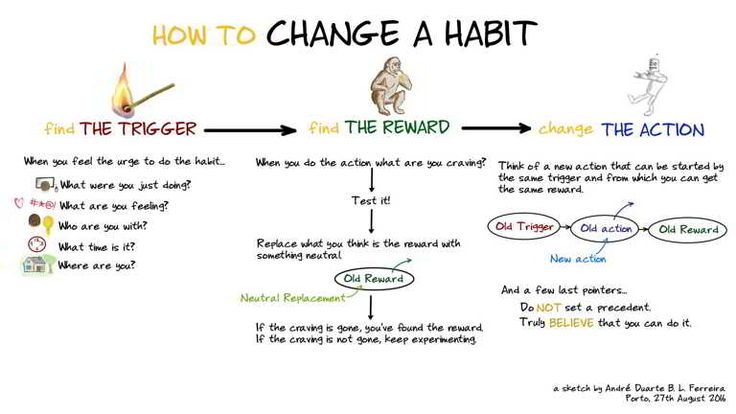
The way you define the goal you hope to turn into a habit does matter. Goals like “meditate regularly” are too abstract, research has shown. You’ll benefit from being more specific about what exactly you aim to do and how often.
Don’t say “I’ll meditate regularly.” Say, “I’ll meditate for 15 minutes each day.”
Having a bite-size objective makes it less daunting to get started and easier to see your progress.
Now that you have established a specific goal, it’s time to think about what will cue you to follow through. Scientists have proven that you’ll make more progress toward your goal if you decide not just what you’ll do, but when you’ll be cued to do it, as well as where you’ll do it and how you’ll get there.
A plan like “I’ll study Spanish for 30 minutes, five days a week” is OK. But a detailed, cue-based plan like “Every workday after my last meeting, I’ll spend 30 minutes studying Spanish in my office” is much more likely to stick as a habit.
Dana Santas, a mind-body coach in professional sports, has tips to start sharpening your gratitude skill and begin making it an ongoing practice.
Boost your mood with this 5-day gratitude challenge
Making this kind of plan reduces the chances you’ll forget to follow through because the when and where in your plan will serve as cues to action that jog your memory. Even better: Put your plan on your calendar so you’ll get a digital reminder. An established, hyper-specific plan also forces you to anticipate and maneuver around obstacles and makes procrastination feel more sinful.
When we set out to build a new habit, most of us overestimate our willpower and set a course for the most efficient path to achieving our end goal.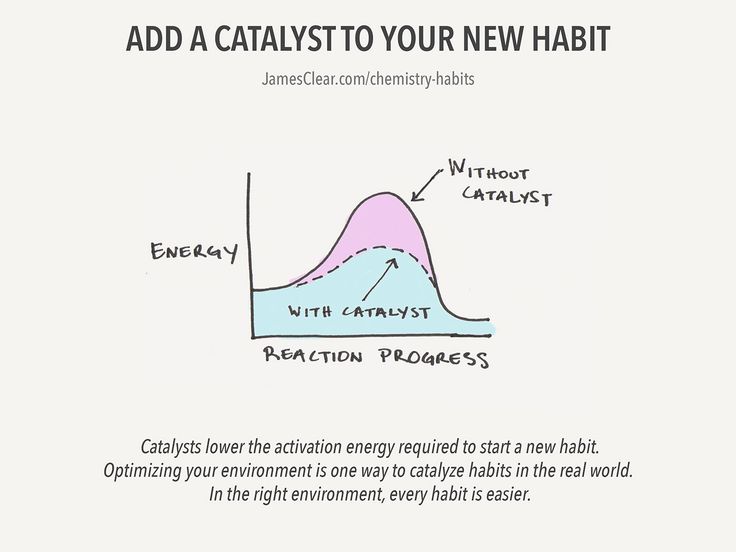 Say you hope to get fit by exercising regularly – you’ll likely look for a workout that can generate quick results like grinding it out on a treadmill. But research has shown you’ll persist longer and ultimately achieve more if you instead focus on finding ways to make goal pursuit fun.
Say you hope to get fit by exercising regularly – you’ll likely look for a workout that can generate quick results like grinding it out on a treadmill. But research has shown you’ll persist longer and ultimately achieve more if you instead focus on finding ways to make goal pursuit fun.
When it comes to exercise, this might mean going to Zumba classes with a friend or learning how to rock climb. If you’re trying to eat more fruits and vegetables, it might mean swapping doughnut breakfasts for tasty smoothies, which can combine multiple servings of fruits and veggies in one delicious drink. Because you are far more likely to stick with something you enjoy and repetition is key to habit formation, making the experience positive is critical, but it’s often overlooked.
Chris Joutbert/Adobe Stock
How to enjoy working out if you hate exercise
One excellent way to make goal pursuit fun is to try what I call “temptation bundling.” Consider only letting yourself enjoy an indulgence you crave while working toward your goal. For example, only let yourself binge-watch your favorite show while at the gym or enjoy a beloved podcast while cooking healthy meals. My own research shows that temptation bundling improves follow-through; it transforms goal pursuit into a source of pleasure, not pain.
By the time we put a behavior on autopilot, a lot of us fall into fairly consistent routines, tending to exercise, study or take our medication at the same time of day and in the same place. But when you’re in the start-up phase of habit building, contrary to popular opinion, my research suggests it’s important to deliberately insert some variability into your routine.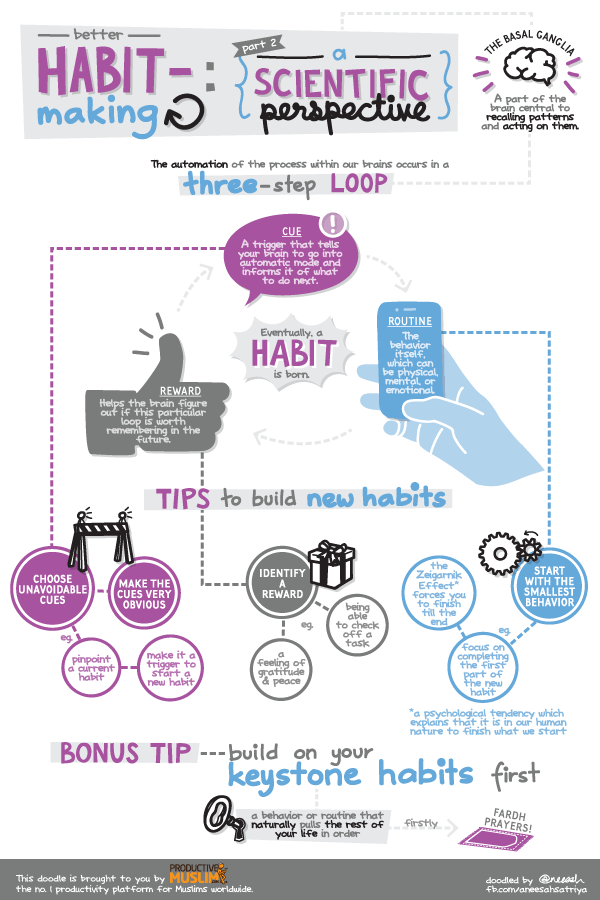
You’ll still want to have a first best plan – maybe an 8 a.m. meditation session if you’re trying to kick-start a mindfulness habit. But you should also experiment with other ways of getting the job done. Try to mix in a noon session and maybe a 5 p.m. meditation, too.
Successful habit building relies on frequently repeating a behavior, and if your routine becomes too brittle, you’ll follow through less often. A flexible habit means you can still do what you need to even when a wrench is thrown in your first best plans – say, a traffic jam on the way to dropping the kids off at school that gets in the way of your morning meditation.
Felix Russell-Saw/Adobe Stock
5 expert tips to stress less this fall
One way to be flexible that’s proven useful is by giving yourself “emergency reserves.” Emergency reserves are a limited number of get-out-of-jail-free cards for those days when you really can’t squeeze in your 10 minutes of meditation, regular jog or Spanish practice.
It’s more motivating to set a tough goal for yourself – meditating every day, for instance – than an easy one, according to research.But missing multiple sub-goals along the way can be discouraging. A couple of emergency reserves each week give you the flexibility to miss a day when a real emergency arises without getting discouraged and abandoning your objective entirely.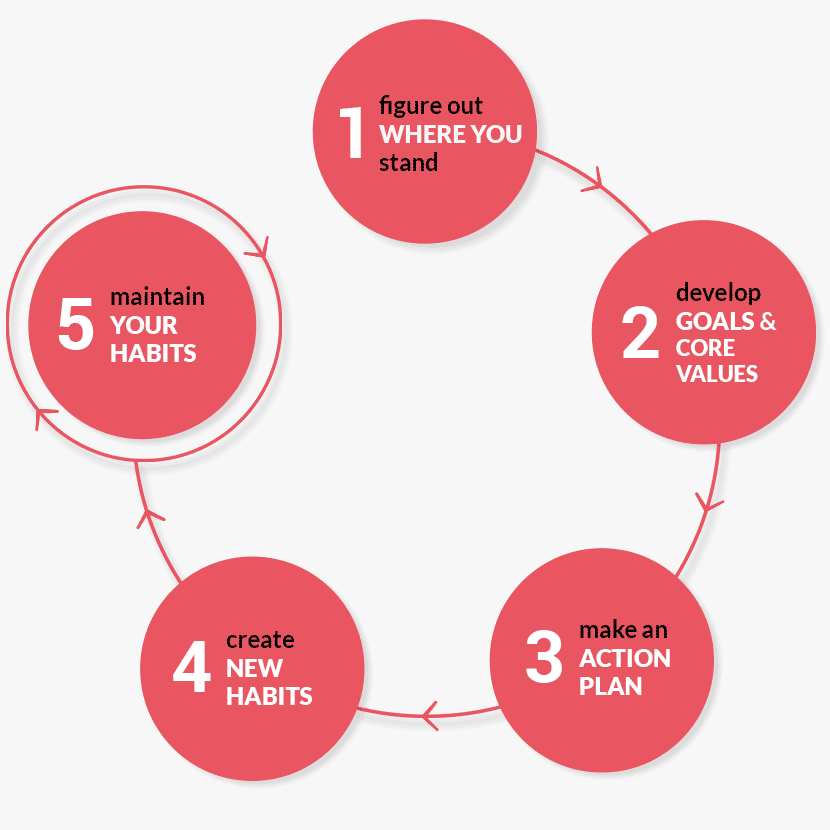
This step is obvious but sometimes overlooked. Seek out social support. Social support isn’t just about having cheerleaders and people to hold you accountable – though both can add value, so I’d suggest telling your friends and family about your goals.
iStock
18 comfortable pairs of sneakers to walk all day in (CNN Underscored)
We’re strongly influenced by the behaviors of the people around us, evidence shows. Want to start running regularly? You’re probably better off joining an established running club than asking a few friends who aren’t yet in the habit of jogging to get in shape with you.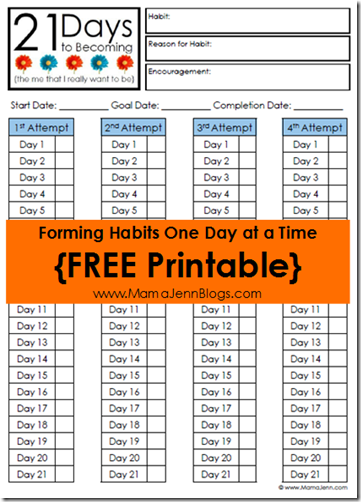 People in the running club have already built the habits you want. You can learn from them about what works and gain friends who will make you feel like a slouch when you slack off.
People in the running club have already built the habits you want. You can learn from them about what works and gain friends who will make you feel like a slouch when you slack off.
Good habits are contagious, so try to catch some by hanging out with people who are a little ahead of you on the learning curve. It’s important not to get too crazy – if you try to train with marathoners when you’re just hoping to work up to a 5K, I’ve found it can be discouraging.
But in general, research by myself and others shows that finding people to socialize with and emulating those who have already accomplished what you want to accomplish can make a world of difference.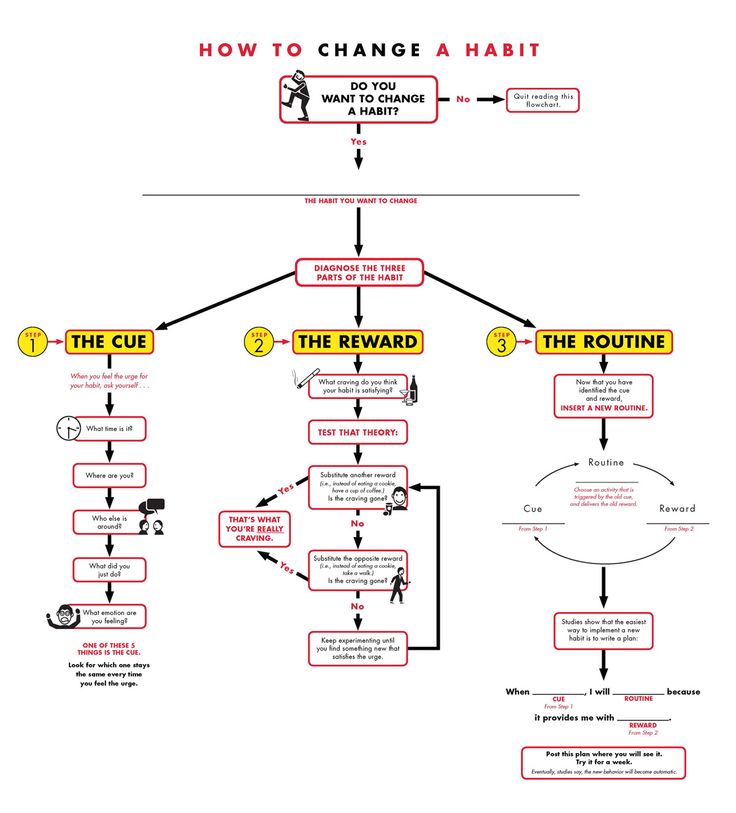 As an added bonus, when you pursue your goals in tandem with people you like, that makes it more fun!
As an added bonus, when you pursue your goals in tandem with people you like, that makes it more fun!
Award-winning behavioral scientist Katy Milkman is the James G. Dinan Professor at the Wharton School of the University of Pennsylvania, author of “How to Change: The Science of Getting from Where You Are to Where You Want to Be,” co-founder of the Behavior Change for Good Initiative, and the host of Charles Schwab’s “Choiceology” podcast.
This is Your Strategy Guide
According to researchers at Duke University, habits account for about 40 percent of our behaviors on any given day. 1 Understanding how to build new habits (and how your current ones work) is essential for making progress in your health, your happiness, and your life in general.
But there can be a lot of information out there and most of it isn’t very simple to digest. To solve this problem and break things down in a very simple manner, I have created this strategy guide for how to build new habits that actually stick.
To solve this problem and break things down in a very simple manner, I have created this strategy guide for how to build new habits that actually stick.
Even more detailed information is available in my book, Atomic Habits.
1. Start with an incredibly small habit.
Make it so easy you can’t say no.
—Leo Babauta
When most people struggle to build new habits, they say something like, “I just need more motivation.” Or, “I wish I had as much willpower as you do.”
This is the wrong approach. Research shows that willpower is like a muscle. It gets fatigued as you use it throughout the day. Another way to think of this is that your motivation ebbs and flows. It rises and falls. Stanford professor BJ Fogg calls this the “motivation wave.”
Solve this problem by picking a new habit that is easy enough that you don’t need motivation to do it. Rather than starting with 50 pushups per day, start with 5 pushups per day. Rather than trying to meditate for 10 minutes per day, start by meditating for one minute per day.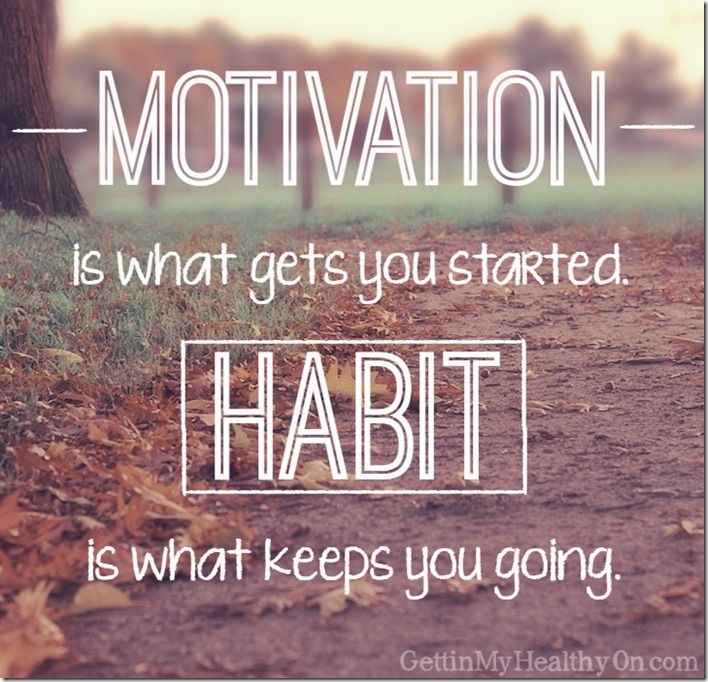 Make it easy enough that you can get it done without motivation.
Make it easy enough that you can get it done without motivation.
Further reading: Identity-Based Habits: How to Actually Stick to Your Goals
2. Increase your habit in very small ways.
Success is a few simple disciplines, practiced every day; while failure is simply a few errors in judgment, repeated every day.
—Jim Rohn
One percent improvements add up surprisingly fast. So do one percent declines.
Rather than trying to do something amazing from the beginning, start small and gradually improve. Along the way, your willpower and motivation will increase, which will make it easier to stick to your habit for good.
Further reading: This Coach Improved Every Tiny Thing by 1 Percent and Here’s What Happened
3. As you build up, break habits into chunks.
If you continue adding one percent each day, then you’ll find yourself increasing very quickly within two or three months. It is important to keep each habit reasonable, so that you can maintain momentum and make the behavior as easy as possible to accomplish.
It is important to keep each habit reasonable, so that you can maintain momentum and make the behavior as easy as possible to accomplish.
Building up to 20 minutes of meditation? Split it into two segments of 10 minutes at first.
Trying to do 50 pushups per day? Five sets of 10 might be much easier as you make your way there.
Further reading: I’m Using These 3 Simple Steps to Actually Stick with Good Habits
4. When you slip, get back on track quickly.
The best way to improve your self-control is to see how and why you lose control.
—Kelly McGonigal
Top performers make mistakes, commit errors, and get off track just like everyone else. The difference is that they get back on track as quickly as possible.
Research has shown that missing your habit once, no matter when it occurs, has no measurable impact on your long-term progress. Rather than trying to be perfect, abandon your all-or-nothing mentality.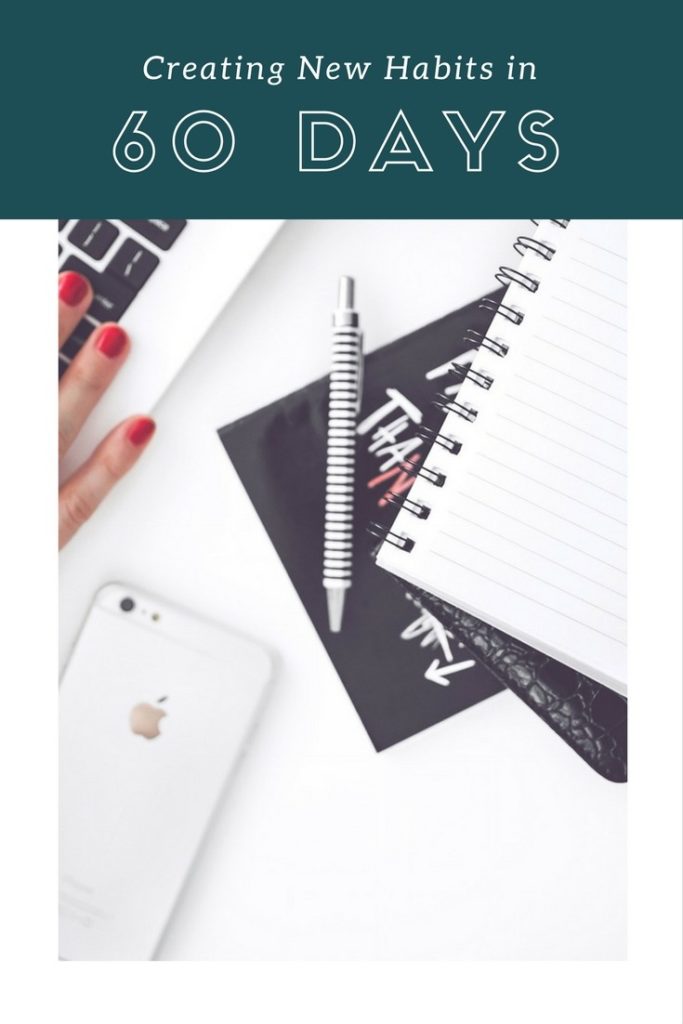
You shouldn’t expect to fail, but you should plan for failure. Take some time to consider what will prevent your habit from happening. What are some things that are likely to get in your way? What are some daily emergencies that are likely to pull you off course? How can you plan to work around these issues? Or, at least, how you can bounce back quickly from them and get back on track?
You just need to be consistent, not perfect. Focus on building the identity of someone who never misses a habit twice.
Further reading: How to Stop Procrastinating by Using the “Seinfeld Strategy”
5. Be patient. Stick to a pace you can sustain.
Learning to be patient is perhaps the most critical skill of all. You can make incredible progress if you are consistent and patient.
If you are adding weight in the gym, you should probably go slower than you think. If you are adding daily sales calls to your business strategy, you should probably start with fewer than you expect to handle.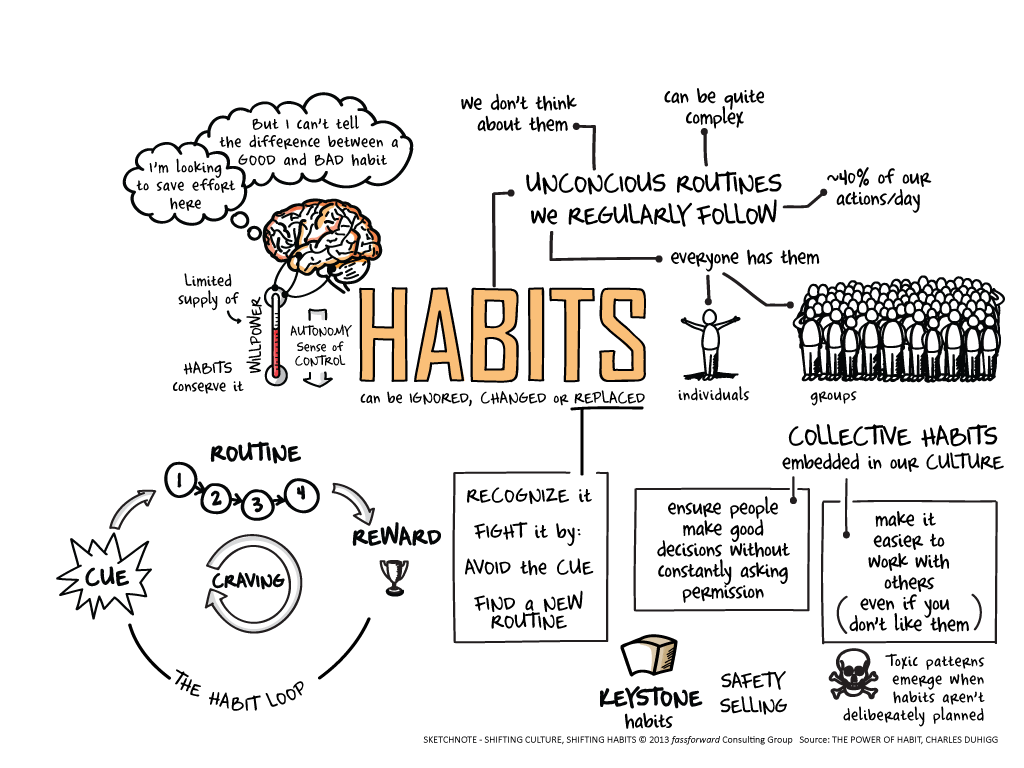 Patience is everything. Do things you can sustain.
Patience is everything. Do things you can sustain.
New habits should feel easy, especially in the beginning. If you stay consistent and continue increasing your habit it will get hard enough, fast enough. It always does. 2
If you want more practical ideas for how to build new habits (and break bad ones), check out my book Atomic Habits, which will show you how small changes in habits can lead to remarkable results.
Footnotes
Habits: A Repeat Performance by David T. Neal, Wendy Wood, and Jeffrey M. Quinn
Special thanks to BJ Fogg, Leo Babauta, and Kelly McGonigal for their research and work on habit formation and willpower. I have learned a lot from each of you.
Thanks for reading. You can get more actionable ideas in my popular email newsletter. Each week, I share 3 short ideas from me, 2 quotes from others, and 1 question to think about. Over 2,000,000 people subscribe. Enter your email now and join us.
How to Instill New Habits - Sektascience: Popular Science Magazine
A habit is like a rope. We weave threads into it every day and ultimately fail to break it.
Horace Mann , educator (1796-1859)
“Acquire the habits of a healthy lifestyle and regular exercise” is one of the most common student responses to the question about goals in the starter questionnaire of our program. We ourselves know and are proud that our graduates name new habits as their most desirable result. Therefore, we could not ignore this topic and offer to figure out together what habits are and how they work. nine0010
Why does the habit of smoking or chewing a pencil need no extra effort, but the habit of doing morning workouts is so difficult to instill and requires additional nourishment? How to make brushing become a regular procedure, and not happen from time to time? Why is it easy for us to part with some habits, while others remain with us for life, even if we want to get rid of them?
Hundreds of scientists and psychologists are trying to find answers to these simple and complex questions, dozens of books and many scientific papers have been written.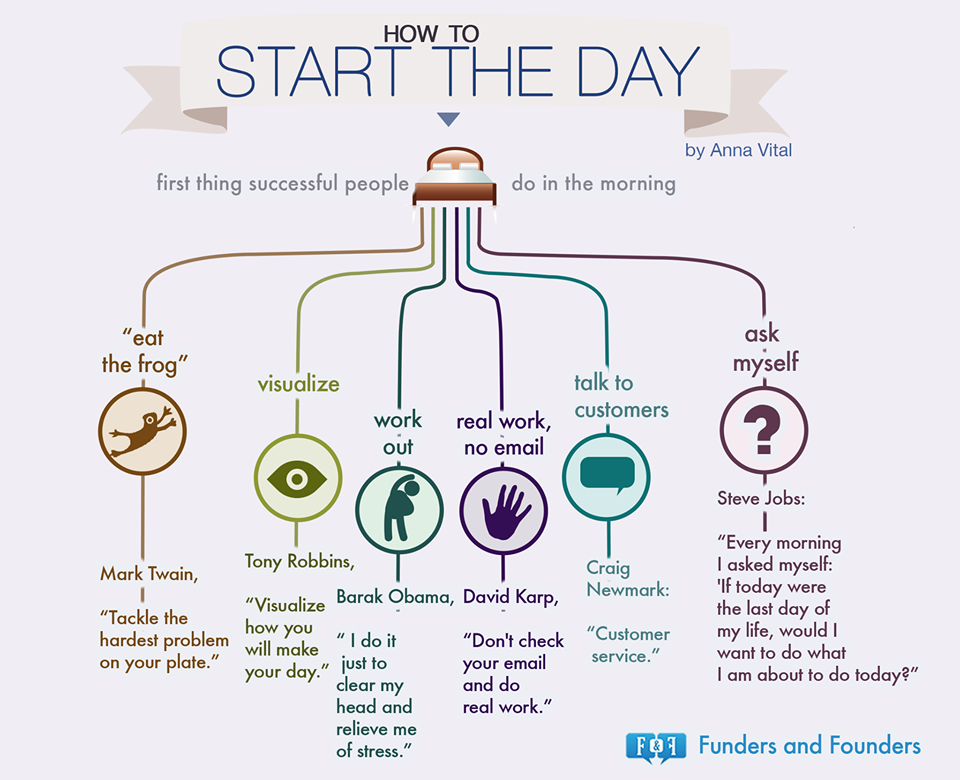 It would seem that a magical way to instill a habit at the click of a finger must be found. However, there is no magic pill and it will not be in this article either. nine0010
It would seem that a magical way to instill a habit at the click of a finger must be found. However, there is no magic pill and it will not be in this article either. nine0010
But we will try to sort out the most interesting, in our opinion, books and studies and show you several ways in which you can move in the difficult but interesting business of instilling new habits. There is no simple answer, however, you must admit, your mothers also taught you to eat with a spoon and brush your teeth in less than a week.
What is a habit?
The human brain is constantly at work — minute by minute it controls a multitude of movements, thoughts, and efforts. But the body is too wise a system, so it exploits the fact that many actions are repeated and it is possible to optimize the process and cut corners. nine0010
Habit is a way of the brain to save energy, which has been inherited by man since ancient times. The brain consumes a disproportionately large amount of energy for an organ of this size, and it is beneficial for the body to save it - to generalize repetitive actions and develop autonomous habits.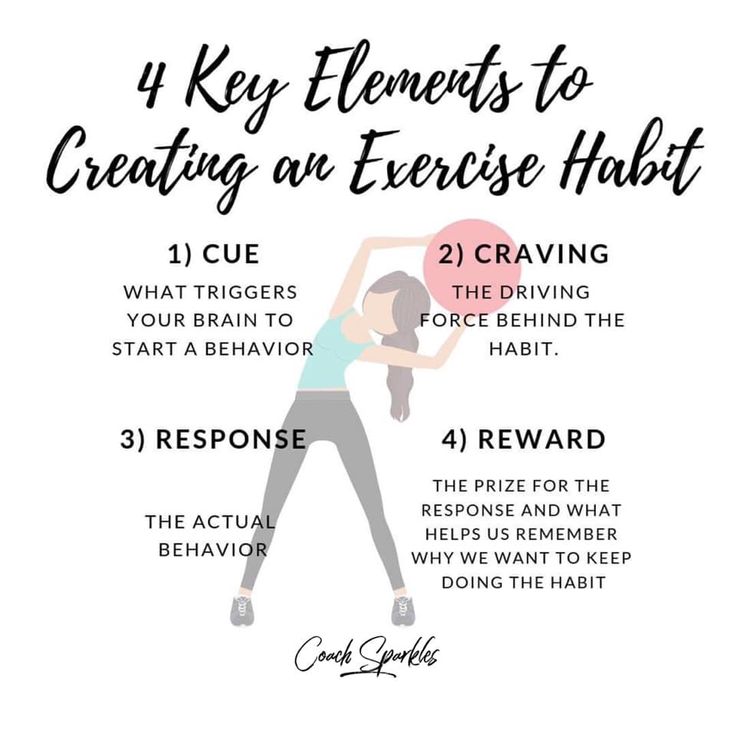 The neocortex consumes the most energy - the parts of the brain closest to the cranium that are responsible for our ability to think. Over time, the brain gives us the opportunity not to do this, optimizing our work. nine0010
The neocortex consumes the most energy - the parts of the brain closest to the cranium that are responsible for our ability to think. Over time, the brain gives us the opportunity not to do this, optimizing our work. nine0010
| A habit is formed in the process of repeated performance of an action to the stage when the performance of this action no longer causes difficulties of a volitional or cognitive nature. |
A habit is nothing but the formation of stable neural connections in the brain structures, which are distinguished by an increased readiness for functioning. In other words, these are automatic programs in our brain that are ready to turn on and be executed at the right moment with little or no participation of ourselves. nine0010
How are habits formed?
Recent studies shed light on the fact that in addition to neural connections, habit formation is also associated with processes at the molecular level.
Habits exist in many possible areas of brain functioning - from continuous physiological and neurological mechanisms to mental activity and daily routine. Some daily habits can keep you healthy and full of energy for many years, others can lead to serious illness and an increased risk of death. In this article, we will focus on habits, which refer to a set of regular actions that form the basis of each person for maintaining health and good shape. nine0010
A feature of the habit formation process is that the brain chooses for “automation” not only useful or desirable habits (brushing teeth, exercising regularly or choosing healthy foods), but also useless and even “bad” habits, that is unwanted for us (drinking tea with sweets, lighting a cigarette after a nervous situation or ending the work week with a glass of wine).
The main criterion for choosing a brain for forming a new habit is the so-called “reward” - sensation that occurs when performing some action .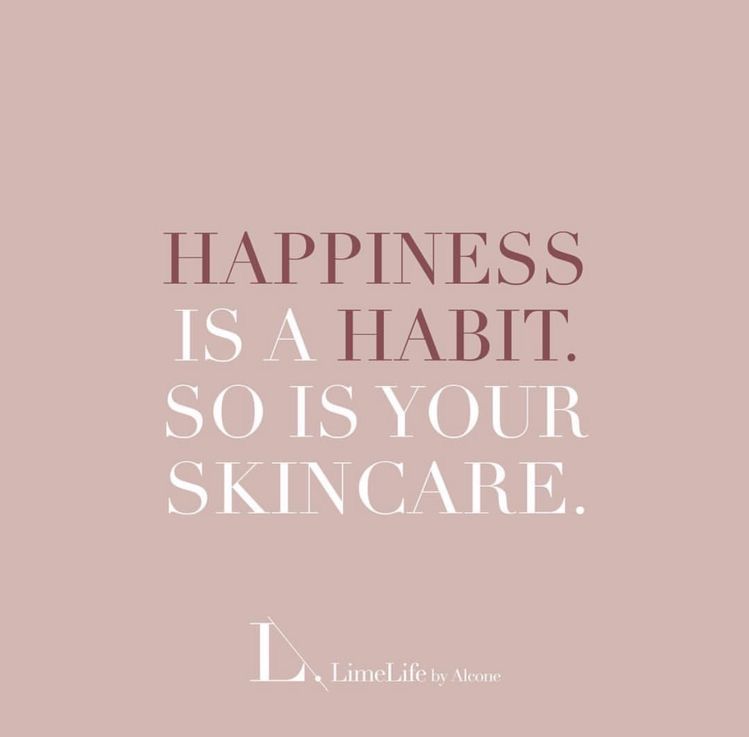 It can be relaxation, euphoria, or just a good mood, an inner feeling of receiving a reward.
It can be relaxation, euphoria, or just a good mood, an inner feeling of receiving a reward.
| Any habit is formed by the so-called "loop", which consists of three stages - start signal, action pattern and reward . |
Let's look at a couple of simple examples:
1. You eat cake at your favorite coffee shop after every stressful day at work.
Here start signal - stress, action pattern - go to a coffee shop and order sweets, reward - relaxation and good mood. And then the realization comes to you that you ate a cake that, in general, you didn’t plan to eat today. The loop is tied.
2. You do your morning workout every day.
Starting signal is, for example, a glass of water or an alarm signal, is an action pattern is to put on sneakers, spread a mat and do a workout, is a reward is euphoria, cheerfulness, a surge of strength.
Looking at these examples, it is obvious that habits arise quite simply - it is enough to repeat the “loop” a certain number of times, and the brain records the action as habitual , next time without forcing you to think and make energy-consuming decisions from its point of view . nine0010
| How many times you have to repeat the whole process in order to fix the habit depends on the habit itself, the reward and your individual characteristics. |
We come to the most important thing - how to instill "useful" habits and how to wean yourself from "bad" ones. This issue has been dealt with by more than one generation of scientists and psychologists, and, unfortunately, no single magic algorithm has been found.
You must have heard that a habit can be formed in 21 days by repeating the same thing. Psychologist Jeremy Dean in his book "Making Habits, Breaking Habits" debunks this common myth.
It turns out that the original research on this issue was done in 1960 - plastic surgeon Maxwell Maltz published a book called "Psycho-Cybernetics" , in which, among other things, he shared the observation that patients usually needed 21 days to come to terms with the fact of losing a limb or with changes in appearance after surgery. From this, he concluded that this time is probably enough for people to get used to anything. nine0010
Obviously, learning to drink a glass of water in the morning and getting used to losing a leg are slightly different situations. Yes, we are all different. Someone will need 21 days to change a habit, someone 7, and someone - all 70.
days to develop a habit, that is, about two months, but this is not true for everyone. Moving from the average to partial results, for different people in the study group, the time to acquire a habit ranged from 18 to 254 days.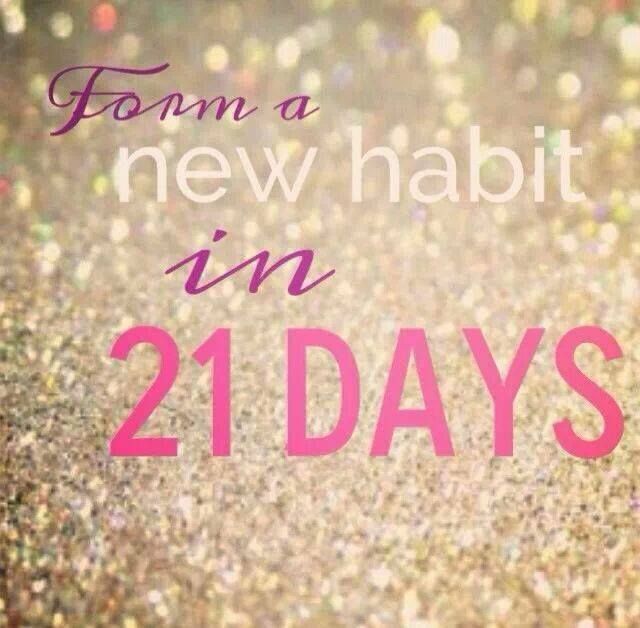 nine0031 nine0031 |
Methods of working with habits
Let's consider what methods and influences the researchers of this topic offer us as the most effective.
The first documented studies related to habits began to be carried out a very long time ago, the attention of scientists to the topic has increased since the middle of the last century, and at the moment it does not weaken.
Azrin and Nunn studyDuring the study 19For 73 years, a group of people with nervous habits or tics (twisting their hair, biting their nails, and so on) were asked to perform so-called reverse or incompatible actions. Participants carefully observed and noticed the urge to the next habitual action and replaced it with some other one. For example, for nervous tics it was the tension of certain muscles (for example, lowering the shoulders isometrically while twitching the shoulders up), for nail biters, the reverse action was to pick up any object and squeeze it for a minute. The results showed that one day of such therapy is enough to form a stable result in getting rid of habits. Thus, managed to break the established ties and replace them with new . |
Working with the links of the “loop”
If we talk about daily habits that cannot be classified as nervous or pathological, then in this case the approach is similar. Charles Dahhig , author of book The Power of Habit and The Habit Change Guide suggests working directly with the links in the habit loop.
1. Pinpoint the habit loop you want to work on.
This may not be as easy as it seems. The author gives an example of how he worked on the habit of coming to the cafeteria every day and taking chocolate chip cookies.
2. Experiment with rewards.
No rush or pressure, just try different actions instead of the usual behavior. In the cafe example, as soon as at a certain time the author noticed that he was tempted to get up and go to the cafe for cookies, he successively tried to replace the usual action with a walk around the building, take other sweets or, in general, other dishes, went into the office to chat with a colleague. nine0010
In the cafe example, as soon as at a certain time the author noticed that he was tempted to get up and go to the cafe for cookies, he successively tried to replace the usual action with a walk around the building, take other sweets or, in general, other dishes, went into the office to chat with a colleague. nine0010
The number of attempts can be different, the main thing is to find what you really need. It turned out that Charles just needed to communicate, so visiting a colleague for a couple of minutes of conversation completely satisfied his need without going to a cafe.
3. Isolate the start signal.
The start signal is what prompts you to go and do the usual action.
Research shows that most triggers fall into one of the following categories: place, time, emotional state, other people, immediately preceding action. nine0010
Accordingly, every time you feel that the mechanism of habit formation is starting to start, ask 5 questions :
- Where are you?
- What time is it?
- What is your emotional state?
- Who else is around?
- What action immediately preceded the start of the “loop”?
Answer them each time for as long as you need, if necessary, write down the answers.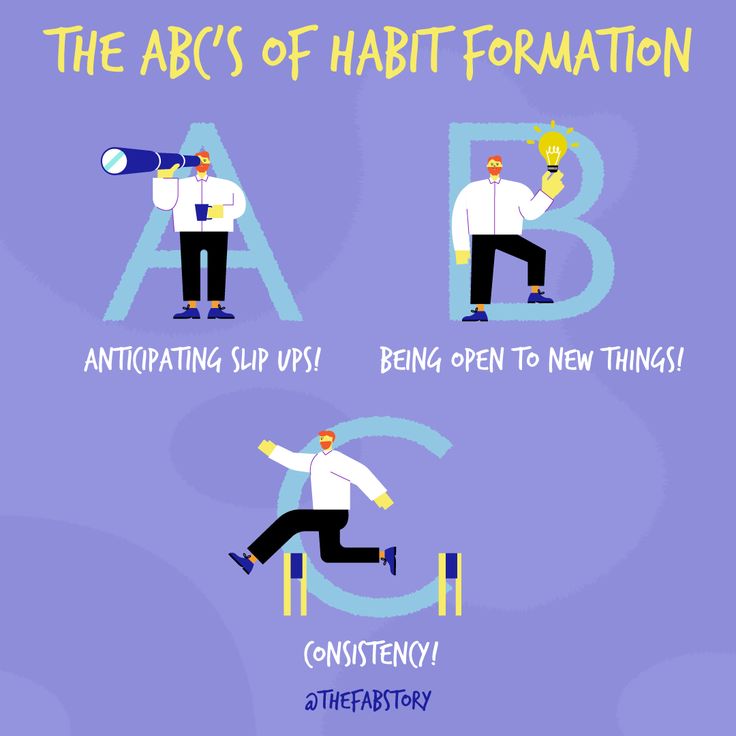 By comparing the answers for the period, you will find recurring aspects, which means you can draw a conclusion about the starting signal. nine0010
By comparing the answers for the period, you will find recurring aspects, which means you can draw a conclusion about the starting signal. nine0010
4. Make a plan.
If you have successfully passed the first three steps, you understand what kind of habit it is, what is the starting signal, what is the reward and action. Now you need to choose which link of the “loop” you will work on and make a plan to implement your intentions.
The author's plan to break the habit of eating chocolate chip cookies for lunch was as follows: "At 15:30 every day, I go to a colleague's office and talk for 10 minutes." nine0010
| When the same action is repeated over and over, the brain begins to build a new habit. Some take more time, some less, but with due perseverance, you will be able to “tread a new track” in the functioning of the brain. |
The Small Steps Method
Entrepreneur, Hello Code co-founder and Buffer blogger Belle Beth Cooper suggests starting with small steps that yield small but tangible wins. This approach gives the same feeling of reward, from which our brain repels, choosing which action to make a habit. nine0010
This approach gives the same feeling of reward, from which our brain repels, choosing which action to make a habit. nine0010
1. Start small.
Do not immediately expect global changes from yourself. If you decide to read more - start with 5 pages a day, if you decide to floss your teeth - start with 2 teeth, gradually adding one at a time.
2. Focus on one habit.
A typical mistake leading to failure is to take everything at once, for example, start a healthy lifestyle from Monday. However, if you make a plan for the gradual introduction of habits into your life, the likelihood of its successful implementation increases many times over. nine0010
3. Remove barriers.
Create the most comfortable environment for the comfortable introduction of habits. If you want to start jogging in the morning, prepare a fresh uniform in the evening, sneakers and a player with your favorite music, if you want to get rid of the habit of eating sweets with coffee, don’t buy sweets at home and replace coffee with other drinks.
4. Create chains of habits.
Building new habits on top of existing ones is easier than starting from scratch. How it works? For example, every morning you are used to drinking a cup of coffee - plan to read 10 pages of a book for this time, brush your teeth every morning - add a little exercise right in the bathroom to this, and so on. nine0010
The role of the prefrontal cortex
Judson Brewer studyPsychiatrist and addiction expert Judson Brewer has done a study on breaking bad habits based on one simple exercise of awareness and curiosity . Study participants who wanted to quit smoking were asked, when the urge to smoke, to begin to observe what they were feeling—and to describe any sensations, emotions, and thoughts. Instead of being led by habit, people became explorers and experimenters - and this is already a pleasant feeling and a new incentive-reward. Upon careful observation of themselves while smoking, most participants admitted that this is a rather unpleasant experience - cigarettes do not taste good, mouth feel is not pleasant, and stress, in fact, does not disappear anywhere. Thus, the participants moved from knowledge to enlightenment - from understanding that smoking is harmful to literally feeling it physically, and the spell of smoking was broken. It has ceased to fascinate. |
The prefrontal cortex, the youngest part of the brain in terms of evolution, intellectually understands that smoking is not good, and tries its best to help us change behavior, help us stop smoking, prevent us from eating a second, third or fourth cookies. This is called "cognitive control". We use understanding to control behavior. Unfortunately is also the first part of the brain that shuts down when we're nervous, which doesn't really benefit us .
When the prefrontal cortex shuts down, we give in to our old habits, which is why it's so important that they lose their appeal.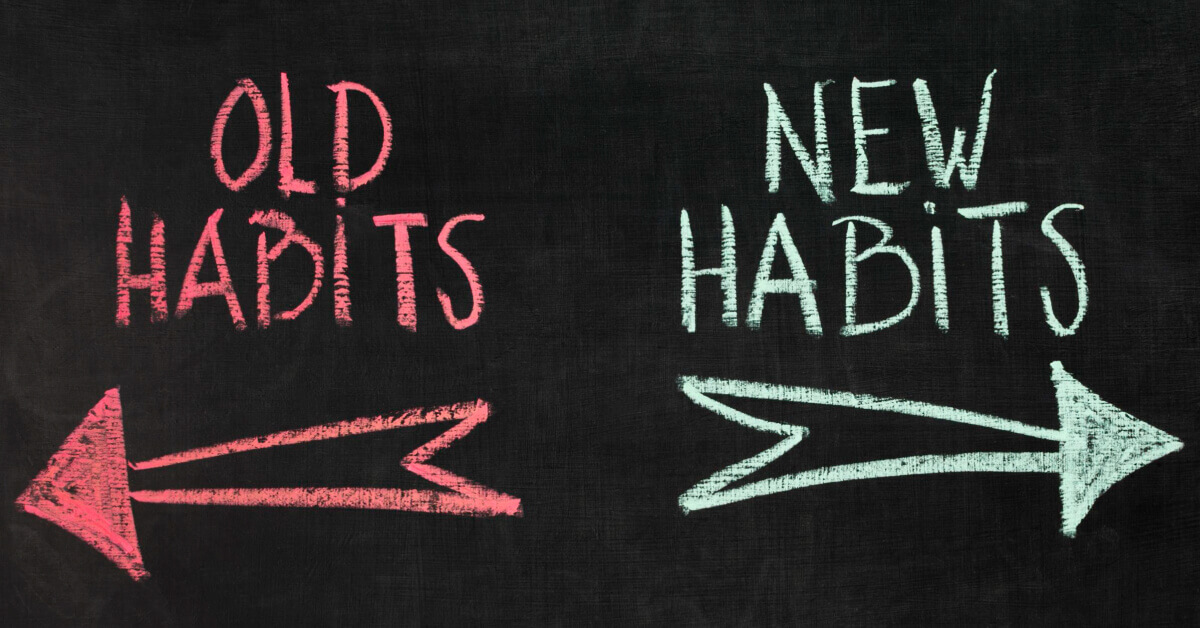 |
Observing habits helps to understand them on a deeper level, to become aware of them so that you stop forcing yourself to restrain or curb your behavior. Make it so that they simply cease to attract us. nine0010
Realization is based on this: to clearly understand what happens when we are addicted to a habit, to lose attraction on an intuitive level, and at the stage of lack of desire, it is easy to let go of the habit.
Why do old habits return?
We are often asked a reasonable question - why do some graduates of the program return to old habits after completing the course, why do new ones not work? Indeed, 9 weeks, according to many researchers, is quite a sufficient period for the brain to record some actions in the category of habits. nine0010
However, if you recall the article, the formation of a new habit requires care and analysis. This is important not only at the stage of formation, but also at the stage of consolidation.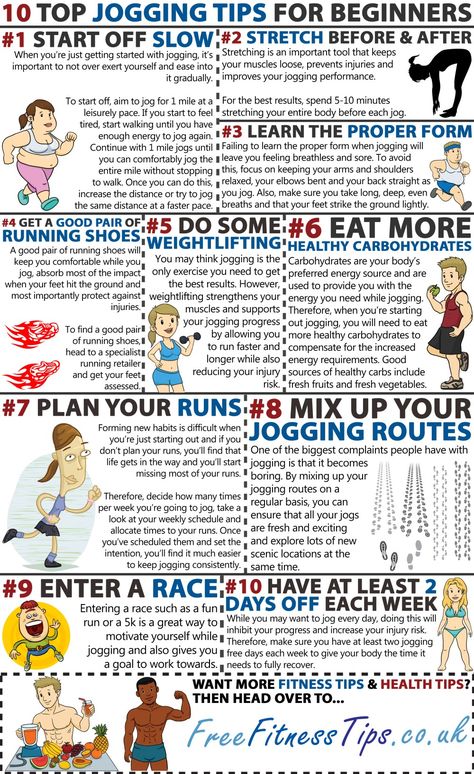 Going back to the habit loop, in this case the newly acquired habits were not valued highly enough. The reward to which the brain responds so vividly has not been formulated .
Going back to the habit loop, in this case the newly acquired habits were not valued highly enough. The reward to which the brain responds so vividly has not been formulated .
| It is the reward that is the main criterion for choosing a habit by the brain. If there is no reward, you can repeat the action as many times as you like, but it is unlikely to become a habit, rather, it will annoy more and more each time. nine0031 |
At the same time, work on oneself often begins according to a completely different scenario, which may be good for other tasks, but in our business, the acquisition of habits does not work.
P
a person sets a goal (to lose weight, acquire cubes on his stomach, learn to eat healthy), squeezes his will into a fist and plunges into the world of recommendations - “it is necessary, then it is necessary”, “beauty requires sacrifice”. Tasteless alien food, hard workouts, contrast showers before a cold. Many of you nodded your head or smiled now. nine0010
Tasteless alien food, hard workouts, contrast showers before a cold. Many of you nodded your head or smiled now. nine0010
Notice what is missing in the design? That's right, there is no pleasure from the process, which means there is no reward, the habit is not formed. As a result, it turns out that many actions within 9 weeks are performed thanks to an effort of will, and as soon as the external factor in the form of a chat and curators disappears, habits return - those that have not lost their attractiveness and have been waiting all this time for their hour.
| Look for the positive in every action - experiment and choose tasty dishes, pleasant activities for you, and you will want to repeat it again and again. nine0031 |
No matter where you are in the process of acquiring healthy habits, stop for a moment, listen to yourself, try to understand what attracts you and does not attract you in old habits, what you enjoy in those new ones that you are working on.
Obviously, changing some habits can be a difficult process. However, the techniques that we have analyzed are a worthy base on which you can rely on at the start. Sometimes changes take a long time. Sometimes they require repeated experimentation and failure. But once you understand how the habit works, find the trigger that causes it, the action itself and the reward for it - you get the power that will surely help you change what you would like. nine0010
Author: Anna Nesterova, Head of Scientific Information and Education Schools #sekta
References:
1. Charles Duhhig, A guide to changing habits.
2. Charles Duhhig, The Power of Habit: Why We Do What We Do in Life and Business.
3. Jeremy Dean, Making Habits, Breaking Habits.
4.N.H. Azrin, R.G. Nunn, Habit-reversal: A method of eliminating nervous habits and tics.
5. Arthur L. Costa, Ed.D, Habits of mind. nine0005 6. Hamburg DA, Habits for health.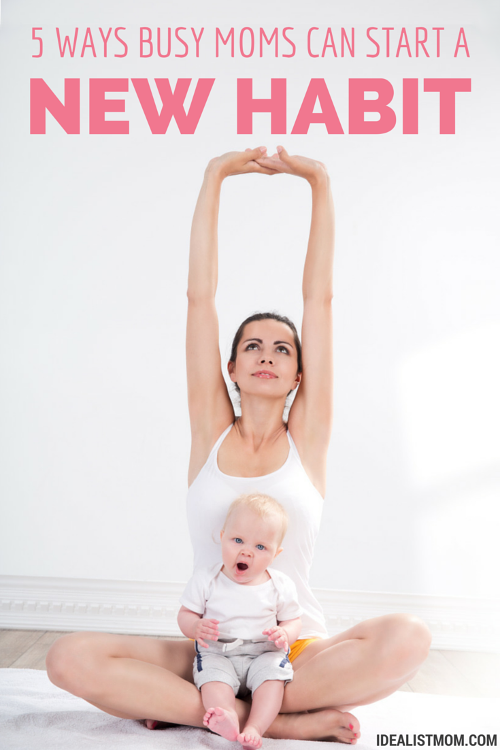
7. Belle Beth Cooper, How I Became a Morning Person, Learned a New Language, and Read 5x More Books in 2015.
8. Judson Brewer: A simple way to break a bad habit.
9. Monica R. F. Hilário and Rui M. Costa, High on habits.
10. A. Dickinson, Actions and Habits: The Development of Behavioral Autonomy.
11. Azrin, N.H., Nunn, R.G., & Frantz-Renshaw, S.E. (1982). habit reversal vs. negative practice treatment of self-destructive oral habits (biting, chewing or licking of the lips, cheeks, tongue or palate). Journal of Behavior Therapy and Experimental Psychiatry, 13, 49-54.
12. Twohig, M.P., & Woods, D.W. (2001). Evaluating the duration of the competing response in habit reversal: A parametric analysis. Journal of Applied Behavior Analysis, 34, 517-520.
13. Phillippa Lally, Cornelia H. M. van Jaarsveld, Henry W. W. Potts and Jane Wardle, How are habits formed: Modeling habit formation in the real world. European Journal of Social Psychology 2010.
14. Benjamin Gardner, Phillippa Lally, Jane Wardle, Making health habitual: the psychology of ‘habit-formation’ and general practice. British Journal of General Practice 2012.
Benjamin Gardner, Phillippa Lally, Jane Wardle, Making health habitual: the psychology of ‘habit-formation’ and general practice. British Journal of General Practice 2012.
15. Lally P, Gardner B. Promoting habit formation. Healthy Psychology Review 2013.
How to develop a new habit? 5 step strategy
According to researchers from Duke University (Duke University), about 40% of what we do out of habit. Understanding how to form good habits (and how existing ones work) is essential for health, happiness, and overall quality of life.
This article summarizes the basic principles of creating or forming new habits from the point of view of science. nine0010
1. Start with a very small habit
People who can't get over themselves and create a healthy habit often say, "I just need more motivation" or "I don't have willpower, it can't be helped."
But this is not true: recent research has shown that willpower is like a muscle.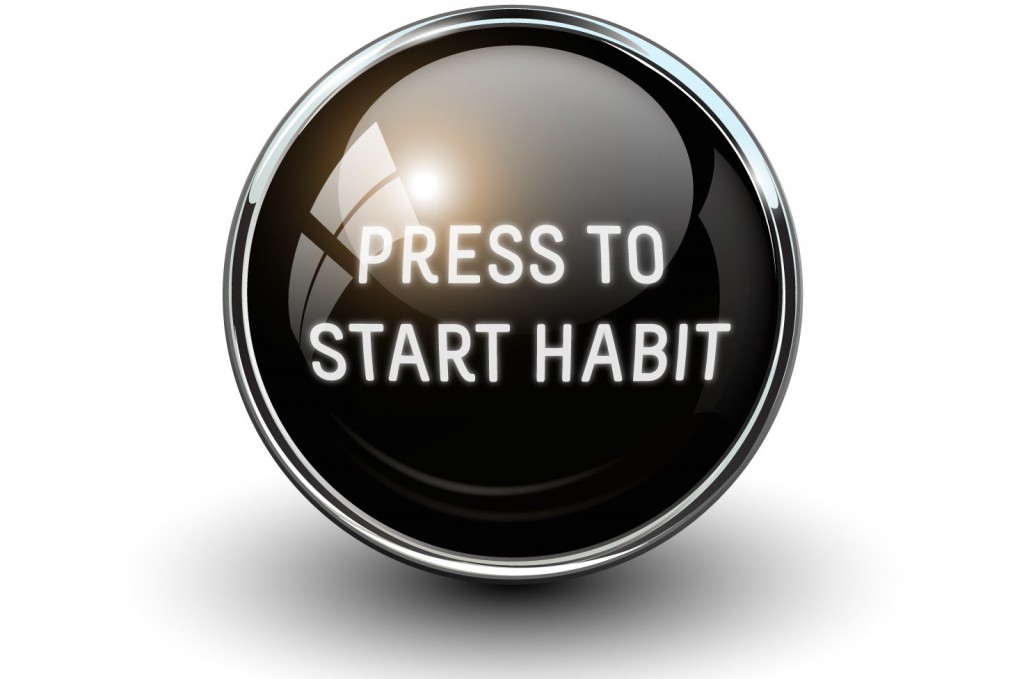 It can be developed, strengthened, but with frequent use, fatigue occurs. In addition, all people's motivation is not always at the same level: it grows and decreases from time to time. nine0010
It can be developed, strengthened, but with frequent use, fatigue occurs. In addition, all people's motivation is not always at the same level: it grows and decreases from time to time. nine0010
This problem can be solved by starting with a simple habit that requires almost no willpower to perform. To develop healthy habits, instead of starting at once with 50 daily push-ups, start with 5, and instead of meditating for ten minutes, practice for just a minute.
All this is so simple that you do not need serious motivation.
- The Science of Self-Control - 6 Ways to Strengthen Willpower
2. Increase the frequency of exercise gradually and slowly
Instead of aiming for amazing results at the beginning of the journey, gradually increase the time for forming a habit: the number of sets, the number of push-ups, the time spent reading a book, the number of English words learned per day, etc.
It has been proven that even a trend of 1% increase very quickly improves the quality of classes.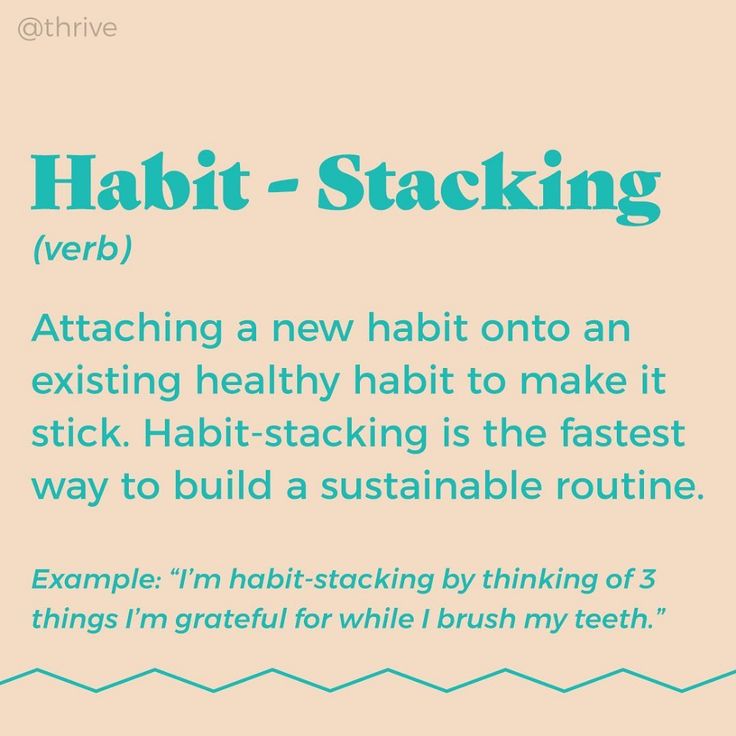 Along the way, you will increase your willpower and motivation, which will help you stick with the habit for a long time.
Along the way, you will increase your willpower and motivation, which will help you stick with the habit for a long time.
- Should I fight procrastination? nine0199
3. Divide the amount of work into parts
By increasing your daily work done by just 1% per day, you will notice a big increase very quickly. But how to keep the motivation and momentum to exercise when, for example, the number of push-ups has already reached 50?
As they say, "an elephant must be eaten in pieces": break the volume into several parts. Instead of 20 minutes of meditation, give yourself 2 sets of 10 minutes each. Same with push-ups: instead of 50, do 5 sets of 10.
- How to change your habits? - Control the environment!
4. If you go astray, continue as quickly as possible
The best way to increase your self-control is to understand how and why you lose it.
Kelly McGonigal
How to develop good habits? Even the most active and purposeful people can make a mistake and get off track.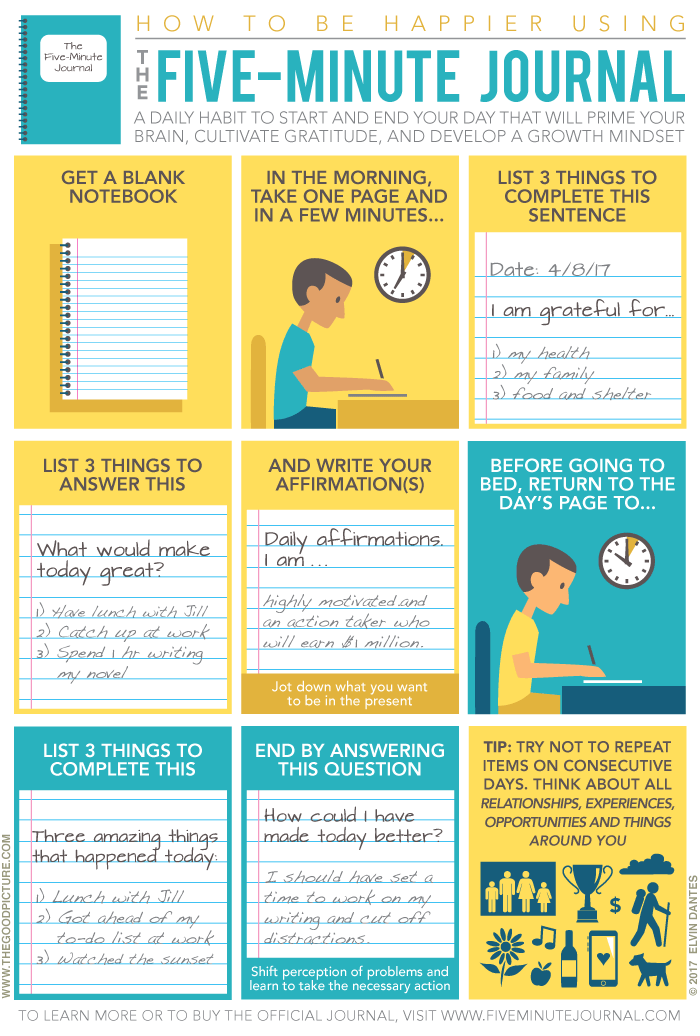 The difference is that a goal-oriented person will return to training as soon as possible. nine0010
The difference is that a goal-oriented person will return to training as soon as possible. nine0010
Studies have shown that a few one-time absences do not affect the result in the long run, so do not stubbornly adhere to the principle of "all or nothing".
Of course, you should not constantly think about the prospect of failure, but it is worth considering it and planning actions for this eventuality. Make a list of things and daily routines that can interfere with your studies, and think about how to avoid all this.
You are not required to be perfect: just be consistent and responsible. nine0010
- The psychology of productivity - how to get more done in a short time?
5. Be patient. Stick to whatever pace you can follow
Perhaps one of the most important qualities in forming a habit is patience. You can go a long way if you are consistent and patient. If you work out in the gym, then add weight more slowly than you want.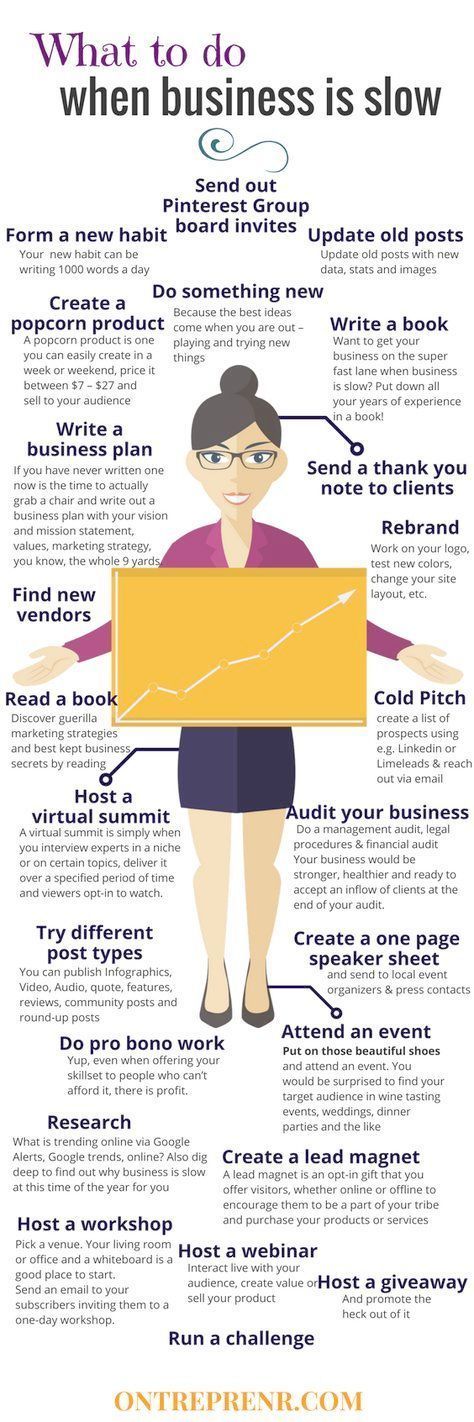
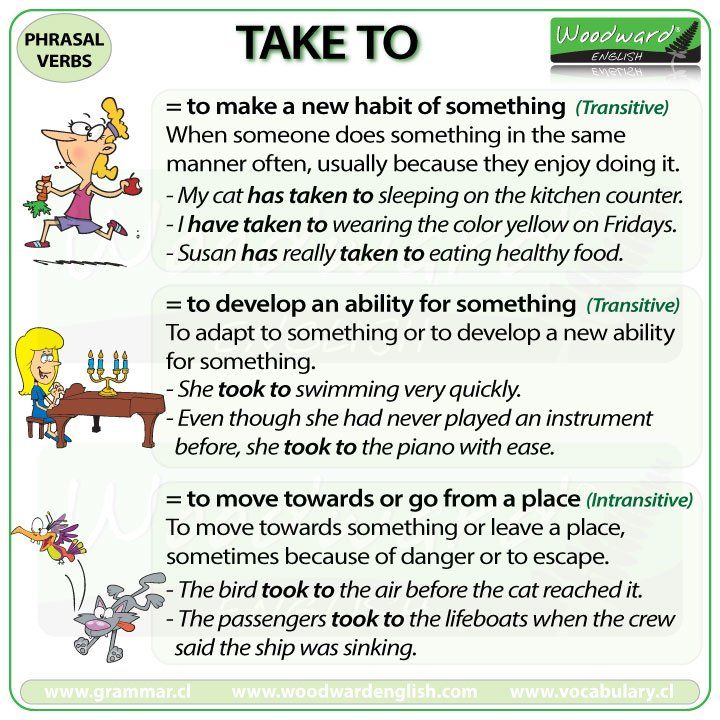 nine0010
nine0010 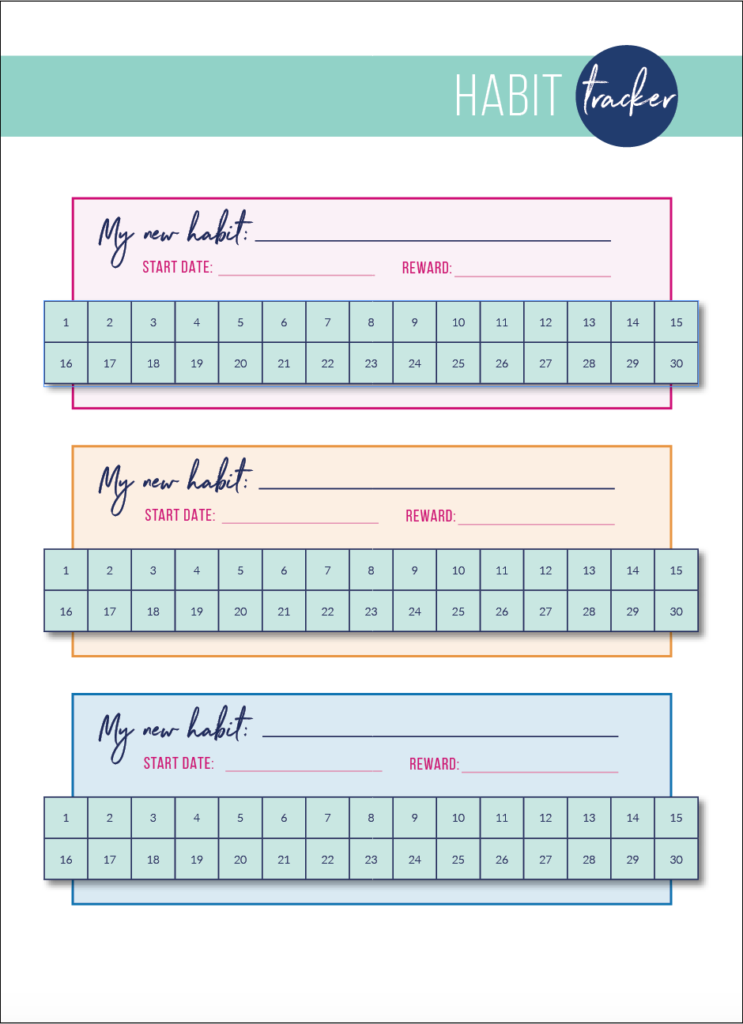 nine0010
nine0010 
